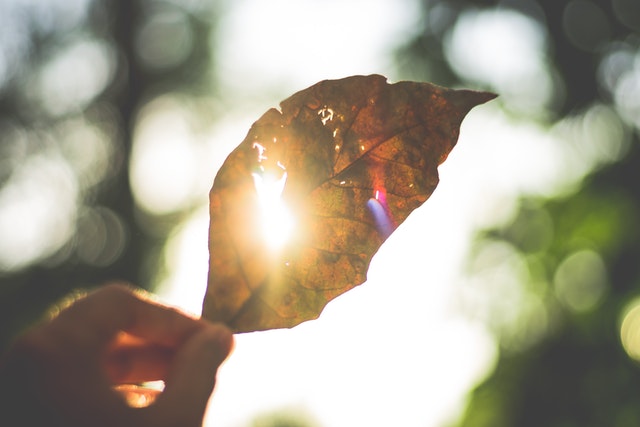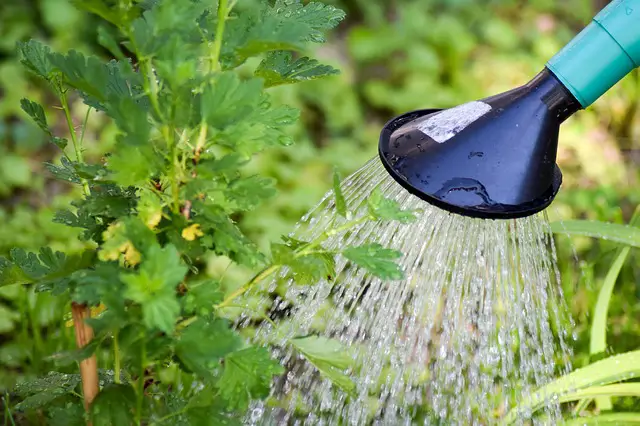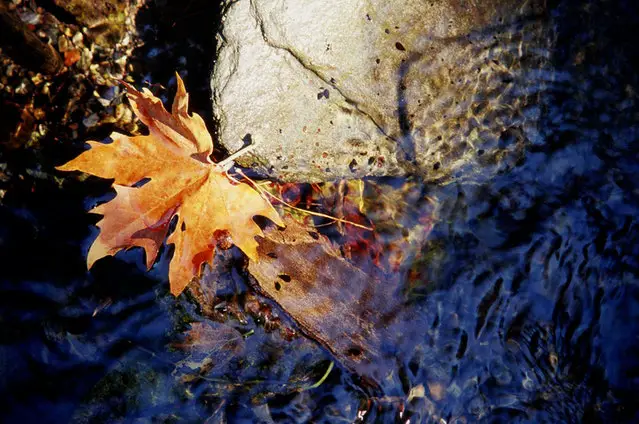Have you got a sunburnt fiddle leaf fig on your hands? If so, it is probably looking tired and sad, and you might be afraid that you are going to lose it. Unfortunately, that could happen if you don’t take action to save it.
Sunburn is enormously damaging to plants, and if your fiddle leaf fig has accidentally got burnt, you might be wondering what you can do to save it. Moving it indoors, removing the affected leaves, and treating it gently for a while can work wonders.
Sunburnt Fiddle Leaf Fig

Before we start looking at how to treat a sunburnt fiddle leaf fig, it’s worth knowing how to identify one. If your plant is looking very sick and unhappy, you need to pinpoint the cause accurately so that you can treat it properly. You should therefore check whether your plant is sunburnt or whether something else is going on.
A sunburnt fiddle leaf fig will often show the following symptoms:
- Brown, crispy leaves
- Pale patches on the leaves, particularly in localized areas that face the sun
- Wilting and drooping
- Curled leaf tips where the damage is worst
- Dry soil
You should check whether the damage corresponds with the angle that your sun hits your plant from. If it does, your fig has almost certainly got sunburnt. You will therefore need to treat it for sunburn by moving it to a cooler location with less direct light, and removing some of the heavily damaged foliage.
This will encourage your plant to output new foliage and help it to recover. Most plants will soon bounce back from sun damage, but be aware that bad sun damage could kill your plant – so it needs protecting. Let’s figure out what to do about a sun damaged fig.
Step 1: Move The Fig
The first and perhaps most important step involves moving your fig out of the direct sunlight so that the leaves are not going to burn further. If you can’t move the fig, put up a shade, close the curtains, or deflect the light in some other way.
It is really important to stop the leaves from burning more. Being burnt will stress your plant out as well as damaging its foliage. This can leave it vulnerable to other conditions, as well as pests, so it needs to be avoided.
Figs that are left in conditions where they are burning are at great risk of dying. Take action as soon as you realize there is a problem.
Step 2: Water The Plant

Most sunburnt plants get very dehydrated because they pullextra water into their leaves to protect them from burning. This water then evaporates due to the heat, and the plant ends up in dry soil. Getting dried out is also dangerous and stressful for the plant.
You should therefore thoroughly rehydrate the plant by taking a large tub or basin, and filling this with water so that it will stand about halfway up your fig’s container. If you have rainwater available, use this. Otherwise, tap water will do.
Place your plant in the basin and leave it for about 30 minutes. This will give plenty of time for the water to saturate the parched soil and soak the plant’s roots, giving it immediate access to as much water as it needs.
When 30 minutes have passed, lift the plant out and allow it to drain, and then empty away the remaining water. Don’t leave it standing in water.
If your fig is too large to put in a basin of water, saturate the pot as thoroughly as possible. If you can stand it in the bottom of your shower, this may be a good option.
Step 3: Remove Damaged Leaves
Leaves that were damaged by the sun will not recover, so you may wish to remove them. However, before you do this, consider the overall damage and how much foliage the tree is going to lose. You don’t want to take away so much that the tree cannot support itself.
GardenForIndoors recommends only removing leaves that are more than 1/3 damaged. If most of the leaf is still good, you can leave it intact and the plant will continue to photosynthesize using it. If a lot of the plant has been damaged, try to leave more leaves on than you are taking off, unless they are all very badly damaged.
You can trim leaves instead of removing them entirely, but it probably isn’t worth doing this. The fig is likely to shed the leaves itself as a result of the damage, and taking them off can speed things up and encourage it to focus its energy on new, healthy growth.
Once you have removed all of the necessary foliage, you can put your fig somewhere out of direct sunlight, and treat it gently for a few days. It should gradually recover.
See more in a similar category: Holes in Pothos Leaves
Summary
Sunburnt fiddle leaf fig trees can look very sad, but as long as you respond quickly and treat your plant with care, you should be able to overcome this problem. Moving your plant to a new location, trimming off the damaged leaves, and protecting it from further burning will help it to recover.
Frequently Asked Questions
What does sunburn on a fiddle leaf fig look like?
A fiddle leaf fig with bad sunburn will have visibly damaged leaves. These will may be light in color, and it might look as though your plant has been bleached. In some cases, the spots will be darker and may become very brittle as a result of the damage.
The damage will almost all appear on the side of the plant that faces the sun, and you won’t see it on other parts of the foliage. The tops and edges of the leaves are particularly vulnerable to burning.
What do you do with burnt fiddle leaf fig leaves?
You will generally want to remove the burnt leaves from your fig so that it can start to grow new, undamaged foliage. The leaves will not recover and they tend to be unsightly, so unless there is a particular reason not to take the leaves off the plant, you should remove them.
You can do this using sterile scissors. Simply cut through the stems above the leaves to detach them from the plant. These leaves can then be composted; they don’t contain any dangerous diseases that would pose a danger to other plants.
Should I cut off burnt fiddle leaf fig leaves?
In almost all cases, it is best to remove the leaves that have got burnt. The only exception to this may be if all of the leaves are burnt, but not badly burnt. In these cases, you might want to remove the worst leaves, but keep the others on the plant. A fig that has no leaves will not survive, so do not take off all the foliage.
If all of the leaves are very badly burnt, the plant’s chances of survival are low no matter what you do, but you should still leave some on the plant. If they are able to photosynthesize, there is a small chance of the plant recovering, whereas it will almost certainly die if you take them all off.

Hey, I’m Lisa and I’ve been an avid gardener for over 30 years. I love writing, talking and living in the garden! Feel free to connect with me on my socials below

